NIKON AF-S NIKKOR 50 mm f/1.4G.
Experiences after four years of photography.
January 1, 2014.
This light, compact and fast prime lens is one of those, that has walked and traveled with me the most. It was 75 mm with the D300 and although it was pleasant to work with, the relatively long focal length already limited the possibilities of use a bit. The D700 and later the D3x allowed me to take full advantage of its undeniable talent.
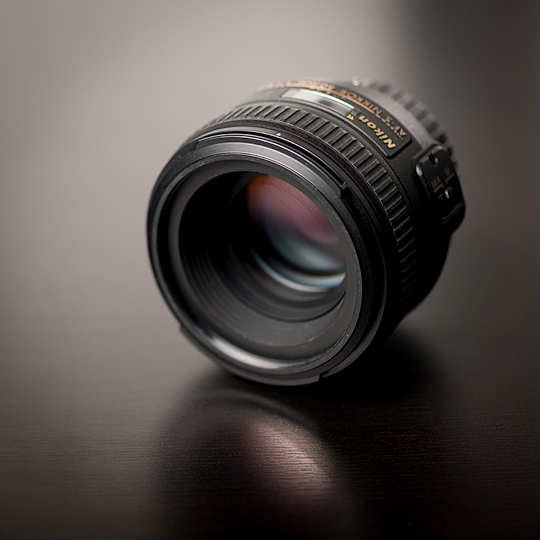
50 mm f/1.4G lens I use almost exclusively for free creation, and most often ►Diaries. I really like autumn days, when the leaves are already colorful, the wind is blowing outside, in the morning the mists just reluctantly rise from the valley. Sometimes it rains, then the sun peeks out of the clouds, brightens the landscape with its bright light and lets places and nooks come to life with a play of shadows. Usually, after devoting myself to the landscape for a long time, I long for easy walks again, in places that I have been visiting for many years and discover new and new ones here ... Then I will only take the camera and this prime fifty. I'll hide them in a small backpack and disappear.
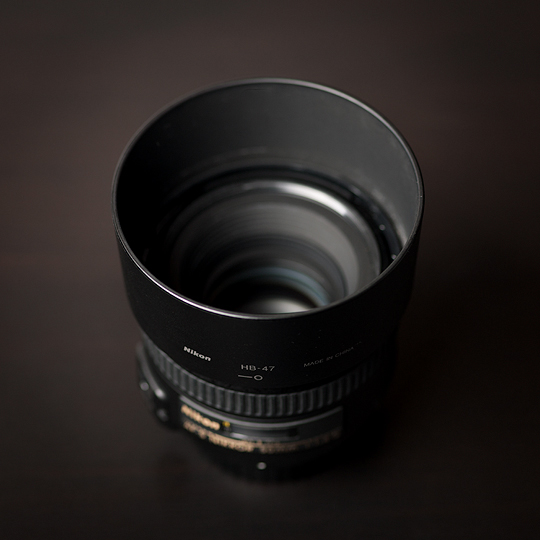
The lens is really light and compact. The camera doesn't get too heavy with it, and it's not very noticeable. My fifty is made in China and I bought it in a set with a new, my second D700. I chose the lens from several pieces and they were all very high quality, the differences were really minimal. The lens hood is plastic, bayonet type and I practically do not remove it from the lens, in addition to shielding unwanted reflections also to protect the front lens element. However, it is very embedded in the tube and still retracts when sharpening, so there is practically no danger to it. Therefore, I do not use any protective filter. The focusing ring is relatively narrow, but you can work with it. Its operation is smooth, with perceptible, light resistance. When trying for very fine, precise sharpening, it does not move smoothly, but after small jumps, about 3 mm. However, I never minded focusing. Thanks to its own focusing motor, autofocus works quietly, accurately and quickly. The tube is all-plastic, in a matt, very aesthetic finish. The only thing I would complain about the appearance, but that's the problem with all new Nikkor lenses, are the gold descriptions and markings. It always seemed a bit unnecessarily ostentatious to tasteless and the simple white labels on the original lenses I like a lot more. - If we hold the lens in our hand even when it is attached to the camera, the construction looks durable, pleasant and high quality.
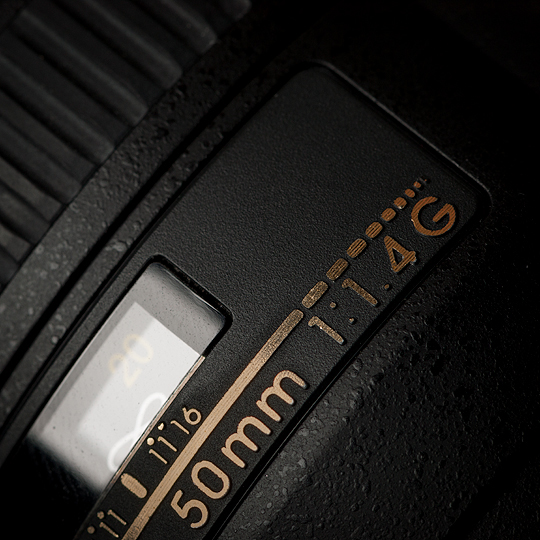
We will appreciate the high lens speed when looking into the viewfinder. The clear, contrasting image, combined with the high-quality focusing screen, delights the eye, inspires and makes manual focusing very easy. With the aperture fully open, we will soon notice relatively pronounced chromatic aberrations on the contrasting edges, but sometimes outside them. Nikon saved in the wrong place here, so the lens lacks an element made of low dispersion ED glass, which would cope with this optical defect. It's a shame, even given the price of the lens, which is not one of the lowest. The empty space on the right side of the window with the focus scale, where the designation N or ED usually is, further enhances the impression of something forgotten.
Another, flaw for some, a rather interesting special for me, is the strong vignetting with the aperture fully open. However, it can be easily removed in various programs and, as I said, I like it.
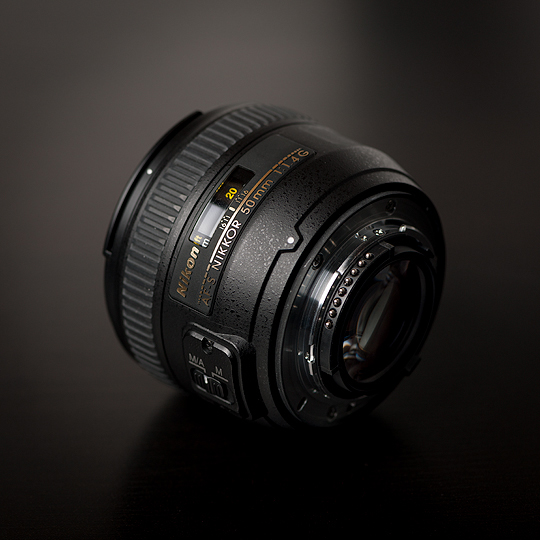
The biggest advantages of this lens are its excellent drawing and sharpness. The contrast is also perfectly transmitted, the images, even without adjustments, look rich, fully and noble. Where there was no savings, is the aperture, which consists of nine rounded blades. Blurred areas are like a veil, without disturbing shapes, delicate and artistic. They add airiness and space to photographs. However, it is necessary to pay attention to the already mentioned aberrations, as they can completely spoil the impression from a shallow depth of field. The smaller ones can be removed in various programs, but at 1.4 the color stripes are sometimes so wide, that you just can't get them out. Then, as a rule, all that remains is to create an unplanned black-and-white image from the originally planned color one.
SAMPLE PHOTOGRAPHS.
After clicking on the images, download the TIFFs, created with Nikon D3x. They are developed in Adobe Lightroom 4.4 and converted from 16 bits per channel to 8, so that they do not take up so much server space. Color space is Adobe RGB, therefore, Adobe Photoshop or similar programs are ideal for displaying colors correctly. Photographs are not tonally or color-adjusted or sharpened. I believe, that they will be more helpful than slapdashed, poorly exposed and wrongly focused jpegs, which can often be found in some reviews.
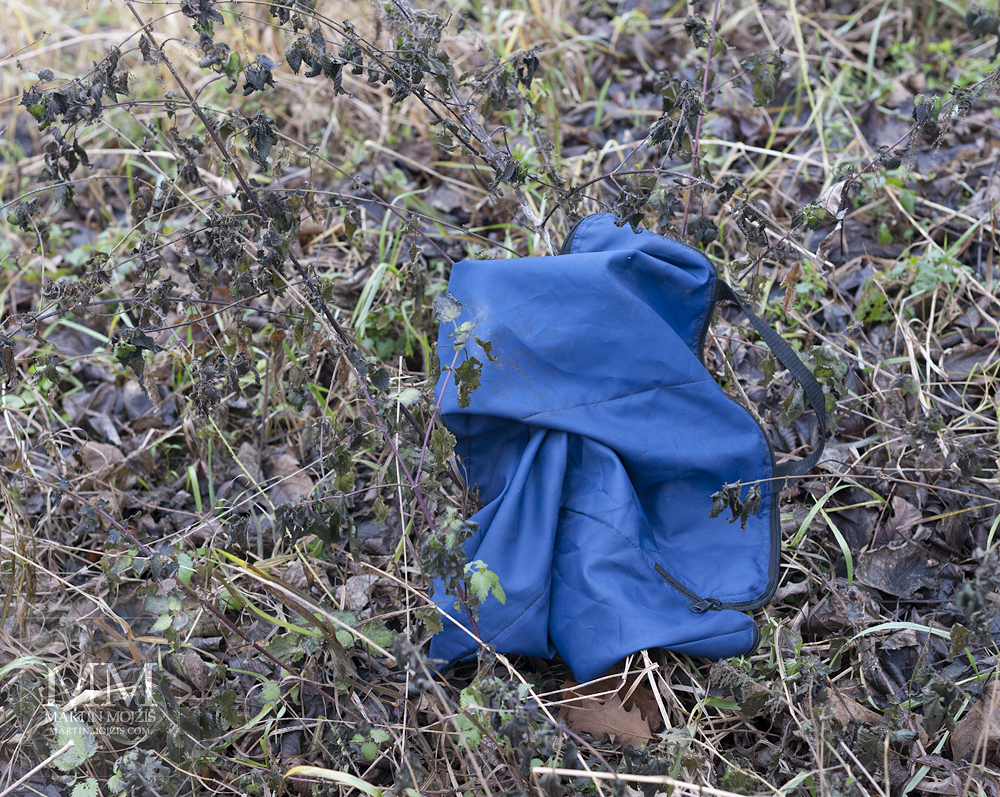
WHAT THE RIVER BROUGHT.
Nikon AF-S Nikkor 50 mm f/1.4G, Nikon D3x. 1/100 second, f/4.5, ISO 720.
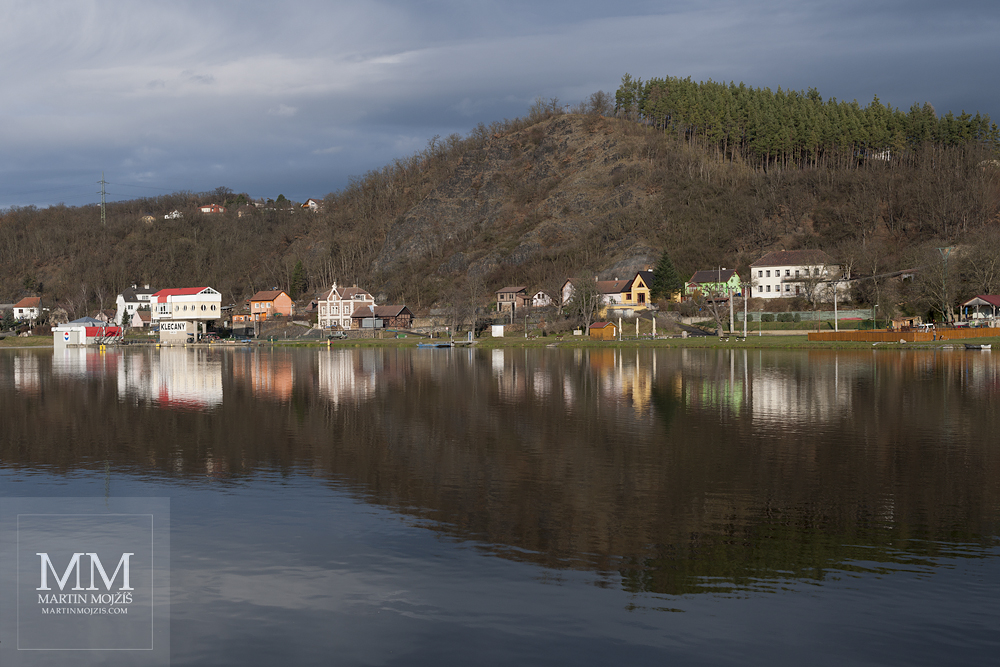
KLECANKY.
Nikon AF-S Nikkor 50 mm f/1.4G, Nikon D3x. 1/500 second, f/6.3, ISO 100.
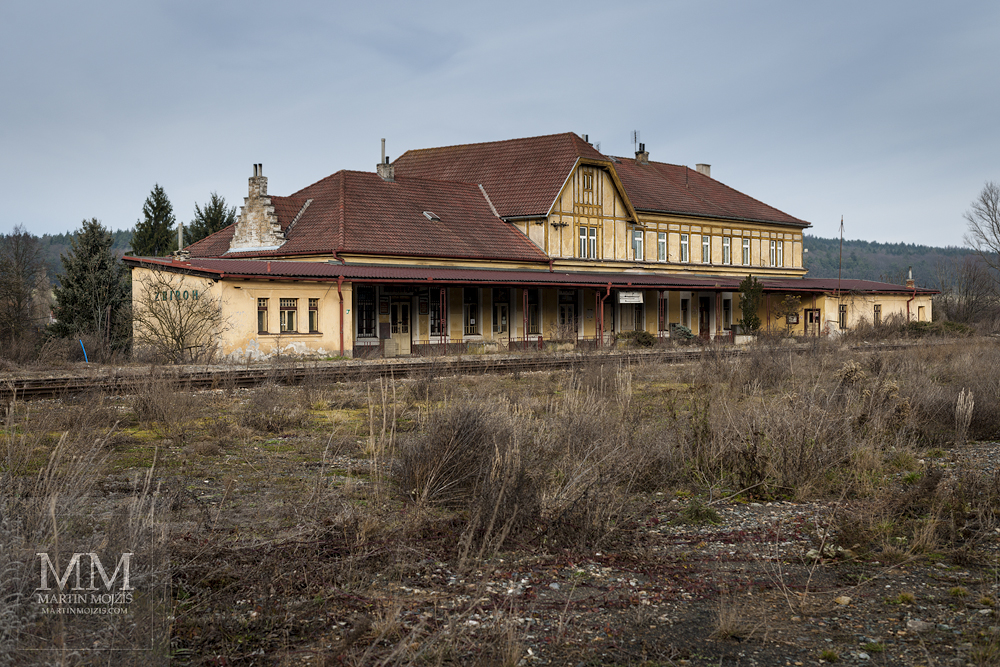
ZBIROH.
Nikon AF-S Nikkor 50 mm f/1.4G, Nikon D3x. 1/600 second, f/5.6, ISO 100.
|
TECHNICAL SPECIFICATION, DIMENSIONS AND PRICE. |
|
|
Focal length: |
50 mm. |
|
Largest aperture: |
1.4. |
|
Smallest aperture: |
16. |
|
Lens construction: |
8 elements in 7 groups. |
|
View angle: |
46°. |
|
Shortest focusing distance: |
45 cm. |
|
Aperture blades: |
9, rounded. |
|
Filter diameter: |
58 mm. |
|
Diameter x length: |
73.5 x 54 mm. |
|
Weight: |
Approximately 280 g. |
|
Price incl. VAT: |
$470. |
© Martin Mojzis, 2014.
Photographs: © Martin Mojzis.
►To the beginning of the article.
►Overview of all articles.
►Homepage.
►Site Map.